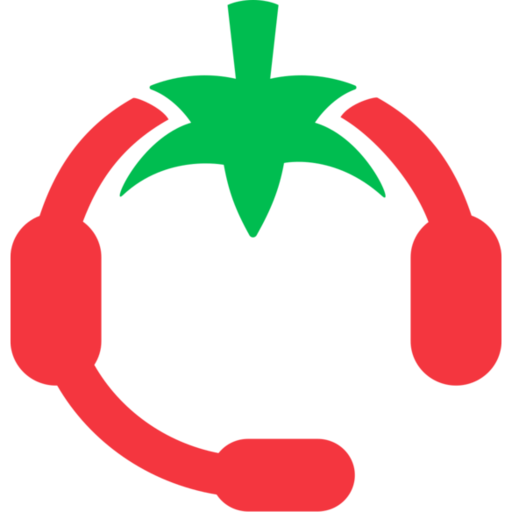What is Call Routing?
Call routing is the process of directing incoming phone calls to the most appropriate agent, team, or department based on predefined rules. It’s a critical function in call centers for managing call flow, reducing wait times, and improving customer satisfaction.
How Call Routing Works
When a customer dials into a call center, routing rules determine where their call should go. These rules can be based on factors like the caller’s language, account status, geographic location, or reason for calling.
Types of Call Routing Methods
1. Skill-Based Routing
Matches callers with agents who have the right expertise.
2. Time-Based Routing
Routes calls based on business hours or time zones.
3. Round-Robin Routing
Distributes calls evenly across available agents.
4. Least-Occupied Routing
Directs calls to the agent who’s been idle the longest.
5. Intelligent Call Routing
Uses AI and analytics to predict the best match between caller and agent.
Benefits of Effective Call Routing
– Shorter wait times and lower call abandonment
– Higher First Call Resolution (FCR)
– Increased agent productivity
– Improved customer satisfaction and loyalty
Call Routing in IVR Systems
Interactive Voice Response (IVR) systems are often the first point of contact for customers. IVR menus collect caller inputs, which help determine routing decisions before reaching a live agent.
Best Practices for Call Routing
– Analyze call data regularly to optimize routing rules
– Use ACD systems for automated distribution
– Offer self-service options when appropriate
– Monitor real-time performance and reroute as needed
Related Topics for Further Reading
– ACD (Automatic Call Distributor)
– IVR (Interactive Voice Response)
– FCR (First Call Resolution)
– CSAT (Customer Satisfaction Score)
– Call Flow

